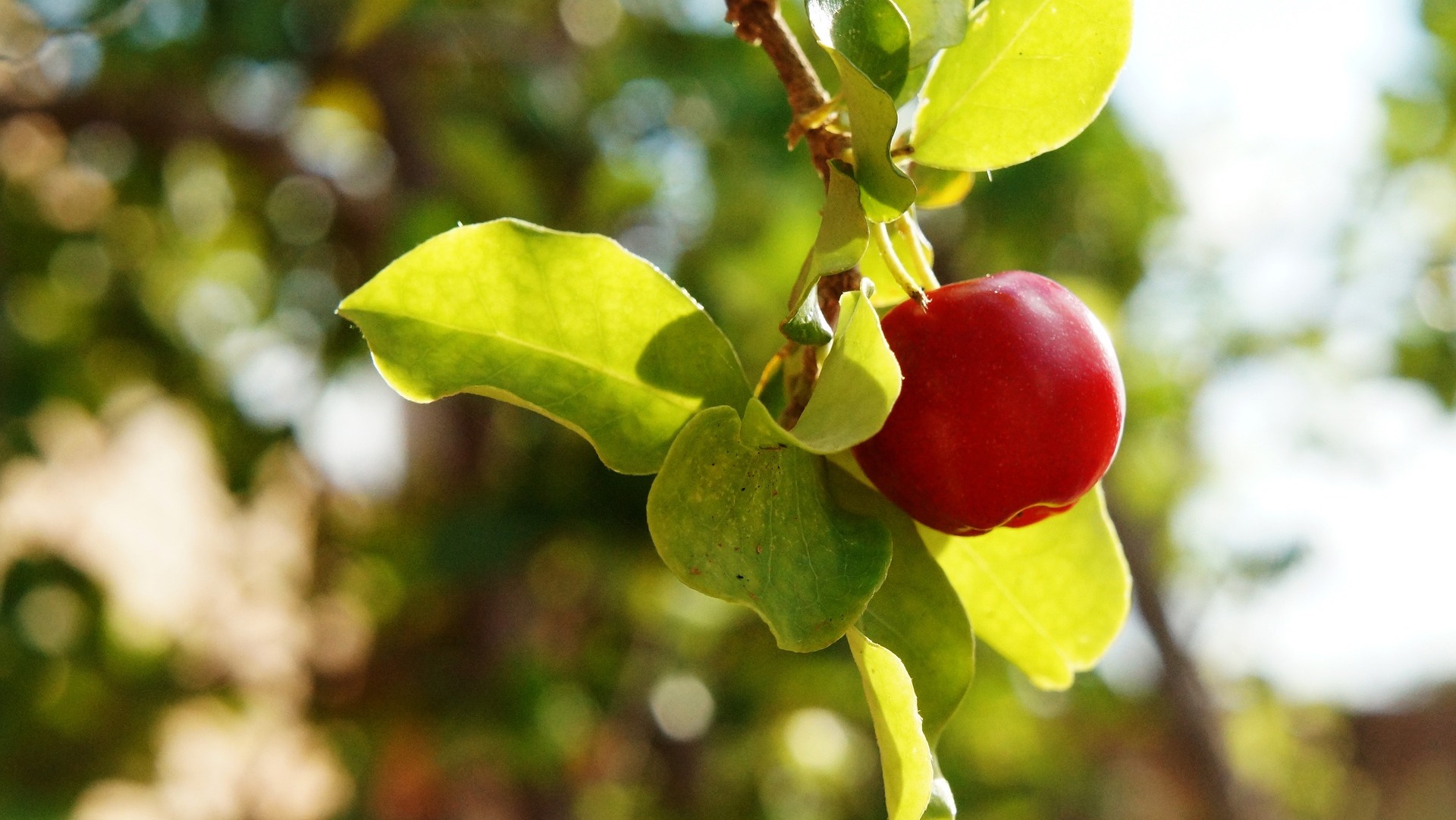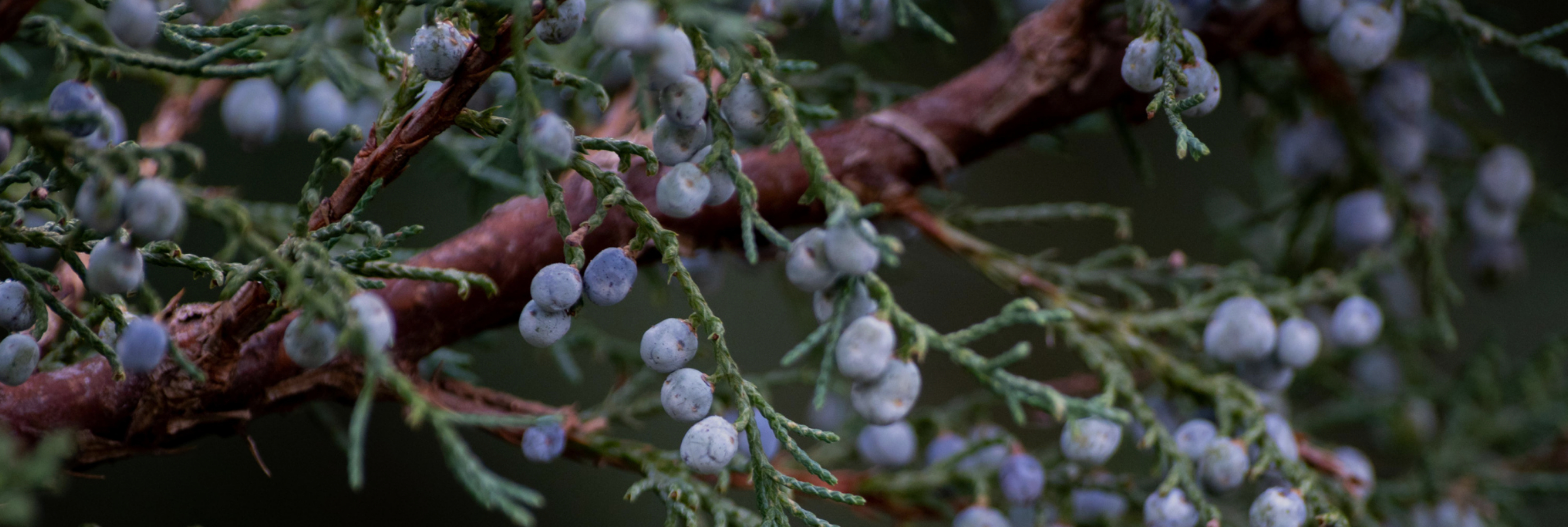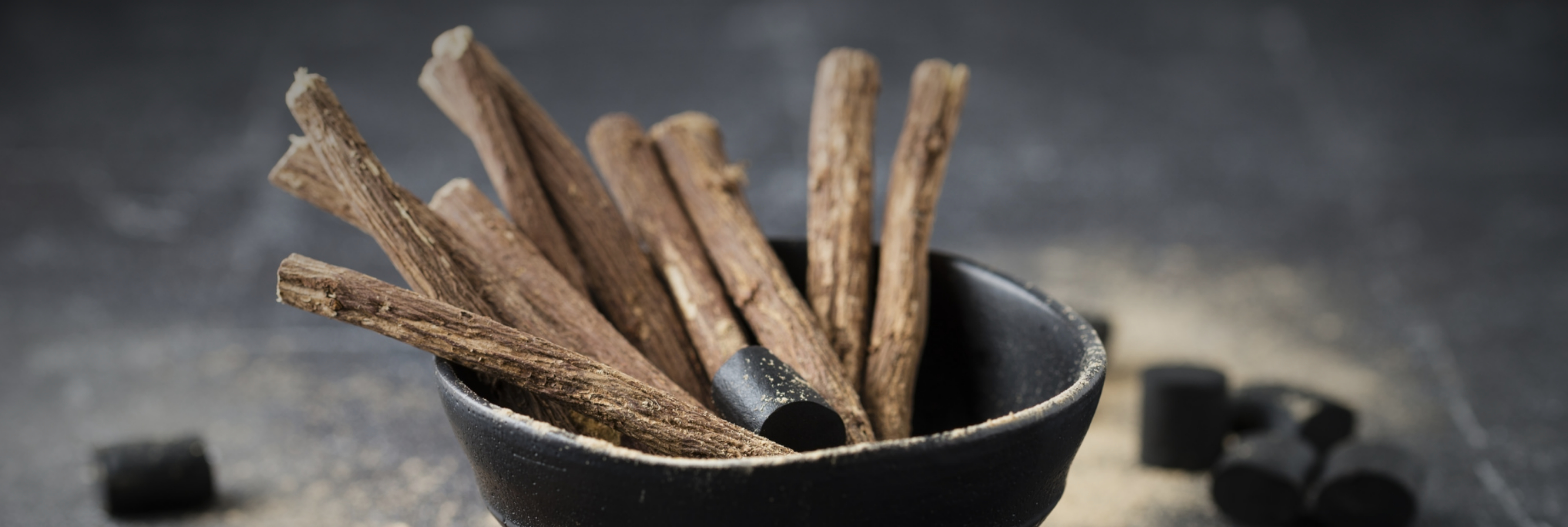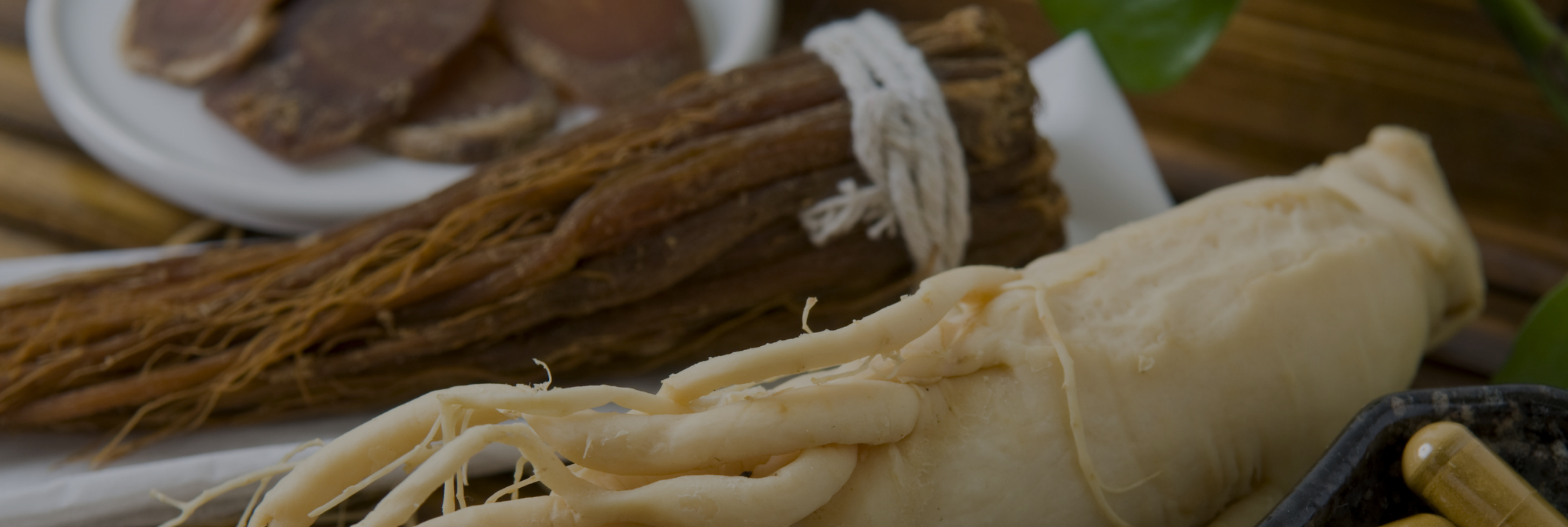With spring fast approaching and to help consumers exit winter and boost vitality, it is time to propose new vitamin C based formulations to stimulate the body, fight fatigue and improve performance.
Acerola, a tangy and springtime flavour to energise all your formulations
Acerola is justifiably a reference in the nutraceutical industry because it’s a superfruit: a superfruit with many nutritional benefits as it contains high concentrations of phosphorous, calcium, group B vitamins (thiamine, riboflavin, pyridoxine), in addition to their antioxidant factors, namely flavonoids and anthocyanins [1], and it is more importantly the best natural source of vitamin C [2]. There are several known health claims on food and food supplements containing vitamin C [3]: mainly for reducing fatigue, the normal functioning of the nervous system and cognitive functions, and protecting cells from free radicals, etc.
If you’re looking for natural vitamin C for your nutraceutical application (capsules, effervescent tablets, shots, beverages, etc.) acerola is undoubtedly an ideal reference. This exceptional fruit can easily be incorporated into your concoctions, your energy products and into other sports nutrition products.
All these reasons explain why this exceptional raw material is a hit with consumers and is a leading ingredient for your spring formulations.
Natural Origins continues to invest in developing this exceptional raw material to be able to offer fruit professionals this second to none quality.
|
Did you know? While practicing sports has health benefits, it does increase oxidation in the body. Physical exercise can in fact be likened to « oxidative stress » with substantial metabolic consequences affecting cellular structures in the body. Many studies have analysed the effectiveness of combining several antioxidants, including vitamin C as a supplement during physical exercise. It thus would appear that the combined effects of exogenous antioxidants can help the body against the effects of free radicals. [4] |
The acerola supply chain at Natural Origins
Acerola was originally from South America and the Caribbean. It is thus quite natural that Natural Origins chose Brazil for its sourcing in acerola. The parties involved in this supply chain are selected for their knowledge of the specific aspects of this superfruit; their ancestral know-how and their expertise in the field.
To ensure a quality sourcing of acerola with high natural vitamin C content, we have chosen to set up an integrated supply chain. That is to say, the producers go from the status of being suppliers to being partners. All the supply chain players work together and share the same objective: offer the best quality acerola to the final customers.
Whether a consumer or an industrial, fair, responsible and sustainable products and ingredients reflect a strong commitment. By working with our acerola supply chain you demonstrate your commitment to consumers and ensure a storytelling which will highlight your finished product.
References proposed by Natural Origins
The fruit is harvested from February to July in Brazil. Based on the pre-financing of the harvest and the processing into frozen concentrate on the spot, we have sufficient stock available to provide you all year round:
- Acerola Fruit ES 17% Vitamin C Native
- Acerola Fruit Dry Extract 25% Vitamin C Added
- Acerola Fruit ES 34% Vitamin C
If you wish to go even further and guarantee optimal growing conditions to your consumers, we propose organic farming based acerola extracts.
Check out our on-line catalogue to discover our ingredients.
Sources :
[1] https://www.ncbi.nlm.nih.gov/pubmed/17024954. (consulted on 16 Jan. 2020)
[2] USDA. Food Composition Databases. (consulted on 16 Jan. 2020)
[3] EFSA. EU Register on nutrition and health claims. (Oct. 2016.)
[4] https://www.cairn.info/revue-science-et-motricite1-2006-2-page-43.htm#-
Stress oxydant, complémentation nutritionnelle en antioxydants et exercice
Élodie Gauche et Christophe Hausswirth
Dans Movement & Sport Sciences 2006/2 (issue 58), pages 43 to 66

Emilie Leconte
Key accounts manager & product manager








Leave a comment